The Tsum Valley Trek is a remote route that passes through the Manaslu’s beautiful scenery and traditional communities before ascending high into the mountains, where you’ll walk in Mount Manaslu’s shadow, the eighth-highest summit in the world.
The valley is a wonderful habitat for wild animals, especially for blue sheep, musk deer,, and snow leopards, and it also supports about 2,000 plant species (50 of which are medicinal), 110 bird species, and 33 mammal species. The Budhi Gandaki-Shier Khola River divides the Tsum Valley into Chumchet and Chekampar settlements, known as Lower Tsum and Upper Tsum, respectively.
The valley is very picturesque and the path passes through pine forests, along streams and waterfalls and suspension bridges. Fascinating villages lie on the way that are hosts to several Churtens, monasteries, and stupas with Milarepa Cave being the highlight.
Highlights of Tsum Valley Trek
- Numerous mesmerizing waterfalls on the way along the bank of Budigandaki river.
- Be accustomed to the unique Tsumba, indigenous of the valley and their Tibetan culture and tradition.
- Explore the Manaslu region, which is rather secluded as compared to other trekking routes like Annapurna Circuit and Everest Base Camp trek.
Short Itinerary of Tsum Valley Trek
| Day 1 | Kathmandu to Soti Khola, Gorkha | Drive 8 Hours |
| Day 2 | Soti Khola to Jagat | Trek 7 Hours |
| Day 3 | Jagat to Lhokpa | Trek 7 Hours |
| Day 4 | Lhokpa to Chumling to Chekumpar | Trek 8-9 Hours |
| Day 5 | Explore the Tsum Valley | |
| Day 6 | Back to Lhokpa | 7 Hours |
| Day 7 | Lhokpa to Sotikhola | 7 Hours |
| Day 8 | Drive Back to Kathmandu | Drive 8 hours |
Detailed Itinerary of Tsum Valley, Manaslu
Day 1: Drive from Kathmandu to Soti Khola
The first day, you leave Gongabu, Kathmandu, early for Soti Khola, Gorkha. The bus ride takes you along the Trsihuli and Marsyangdi rivers’ banks as it travels along the Prithvi highway before dropping you off at the Budi Gandaki river’s base. You will spend the night at a lodge in Soti Khola after traveling for roughly 7-8 hours.
Day 2: Soti Khola to Jagat
You begin your journey at Soti Khola and take a jeep along the Budi Gandaki river, heading north. You have an hour to get to Machha Khola. The motorable road ends here, and from this point your trek starts. Before noon, after passing Tatopani, you will arrive at Dobhan where you will stop for a quick lunch before continuing. The valley opens up above Dobhan, revealing mountains in the distance with clouds hovering over them. The formal entry into the Manaslu Conservation Area is at Jagat, which you’ll reach around dusk. The night is spent at Jagat.
Day 3: Jagat to Lokhpa
You have breakfast before setting out on your third day of hiking. You can see that the vegetation has changed and that the trail occasionally gets a little tight. Along the walk, there are multiple suspension bridges and stunning waterfalls that you will pass. Once there, you’ll stop for lunch and some relaxation in the lovely village of Philim. After walking for an hour or so past Philim, the route splits into two. One heads in the direction of Larke Pass, Bhimtang, and the Manaslu Circuit Trek. To go to Tsum Valley, you must take the other one. Once you’ve walked this trail, there is a long, inclining hike. Before you arrive at the Lokhpa when traveling on the Tsum path, you will cross Sirdibas. Today, you’ll be staying at Lokhpa.
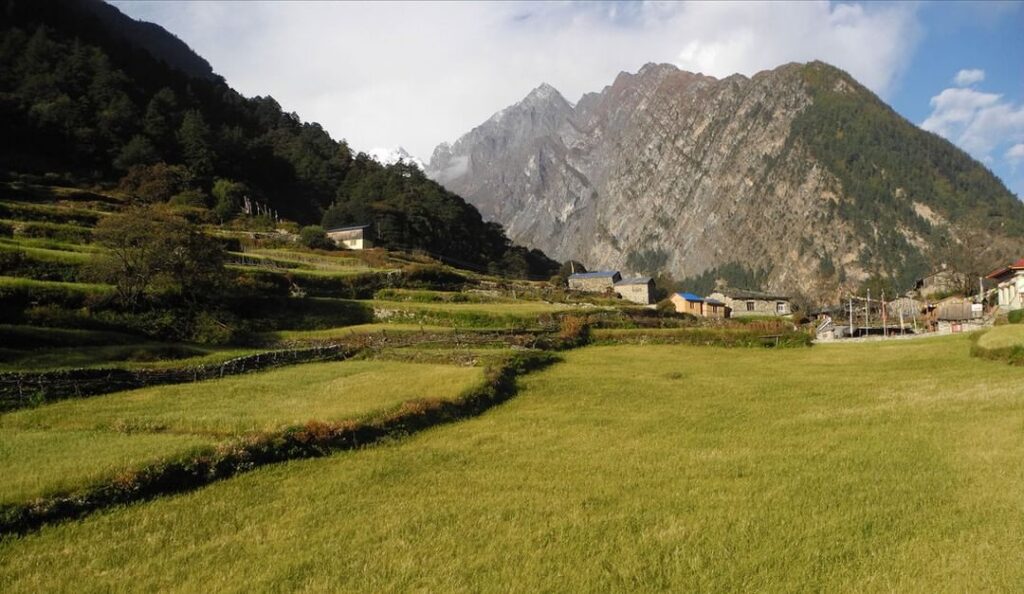
Day 4: Lokhpa to Chekumpar
Early in the morning, you are leaving Lokhpa, and moving on. You will encounter Chumling up ahead after continuing down the southeast side of the valley for a considerable amount of time. You must descend the trail to the riverside once again and then climb back up to the opposite side to reach Chumling, where you will enjoy lunch.
Walking further ahead, you will pass through Gho and make your way steep uphill into the village of Chekumpar. You will enjoy a delicious Dhindo dinner before a good night’s sleep.
Day 5: Exploring Tsum Valley
This day is exploring the Tsum Valley. The Tsumba Indigenous Peoples call the Tsum Valley their ancestral home, and they speak a distinctive dialect of Tsumke or Tsumba that has Tibetan influences. In 1920, the Valley’s inhabitants proclaimed it to be “Shyagya,” or a place devoid of violence. The primary tenet that directs how Tsumba live their daily lives is the Shyagya, a culture of nonviolence with roots in Buddhism. Regular pilgrimages to the Gumbas (Buddhist monasteries), prayer services, and celebration of various religious and cultural festivals serve to reaffirm spirituality. Monasteries, such as Mani Bompos, Mani Walls, Kanis, and Chortens, are significant locations of cultural heritage that foster spiritual ties with the Tsumba area.
You can also make your way to the holy Milarepa cave, where the Buddhist saint and philosopher Milarepa is said to have meditated and left his footprints.
Day 6: Tsum to Lokhpa
The time has come for you to return back the way you came. Gho, Chumling, and Lhokpa are all places you pass on the same day.
Day 7 and 8: Soti Khola and Back to Kathmandu
You will go back the way you came from before reaching Soti Khola and driving back to Kathmandu on the following day.
Best Time to Visit
Although it goes without saying that regions at higher altitudes will always have cooler temperatures, the difference won’t always be very noticeable if you travel there during the monsoon season (June-August). Though you probably won’t like it if you want to enjoy the view, keep in mind that during this season mist frequently comes along with the rain and reduces visibility. It is probably not a good idea to travel during the winter (December to March) because it is rather cold.
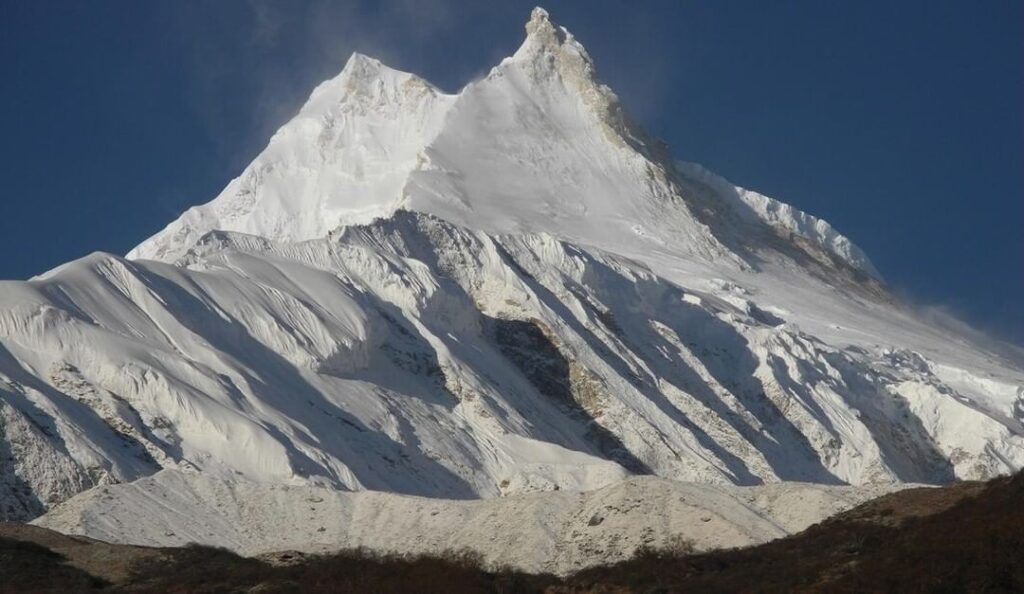
The optimum time of year to do the Tsum Valley trek in Nepal is therefore in April or May, keeping in mind that the peak trekking season in this area is in September/October. There aren’t many tourists nearby, it’s not too chilly outside, it’s not pouring, and the visibility is excellent.
Also check: Kyanjin Gompa Trek – Langtang Valley in 7 days – YTROT
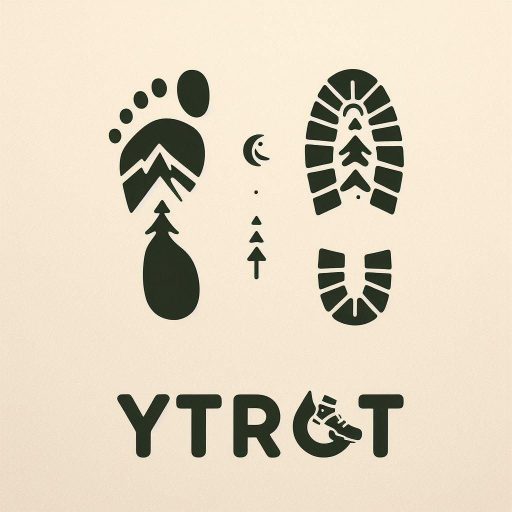
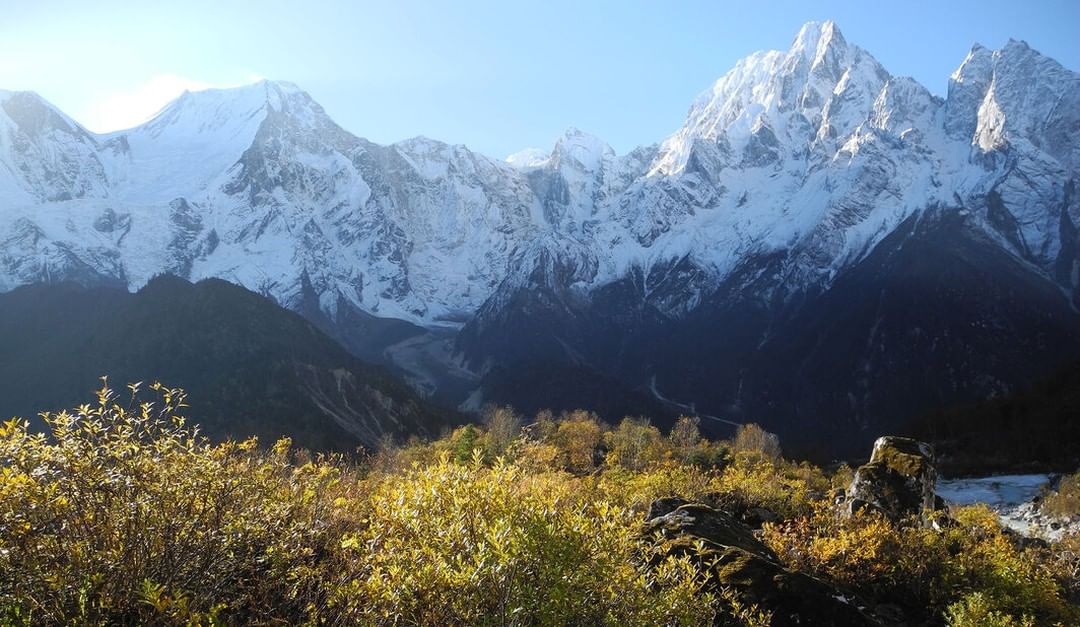
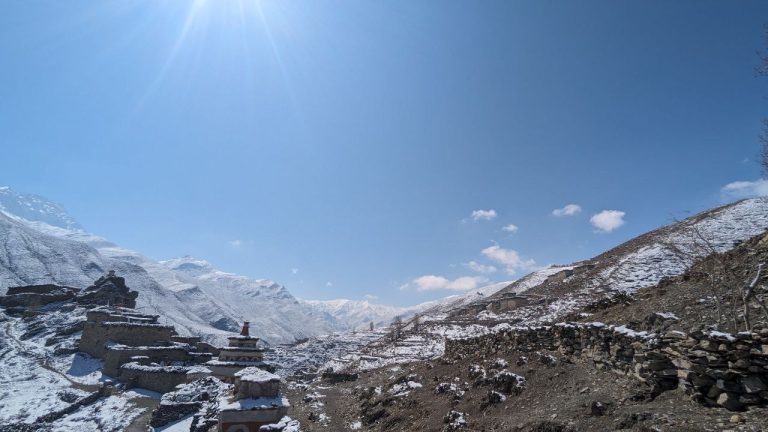
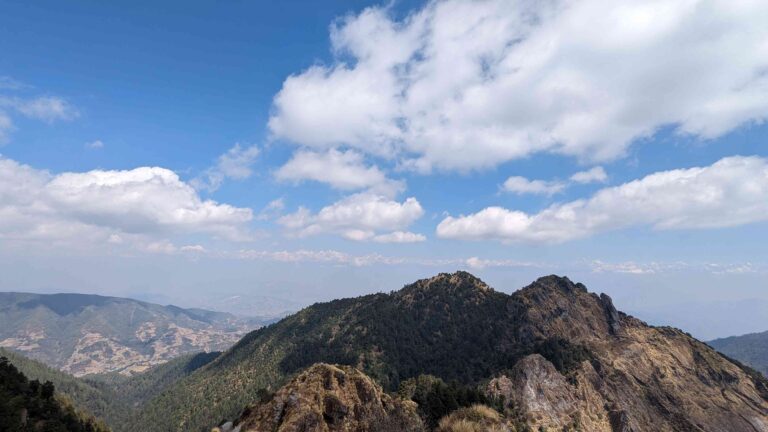
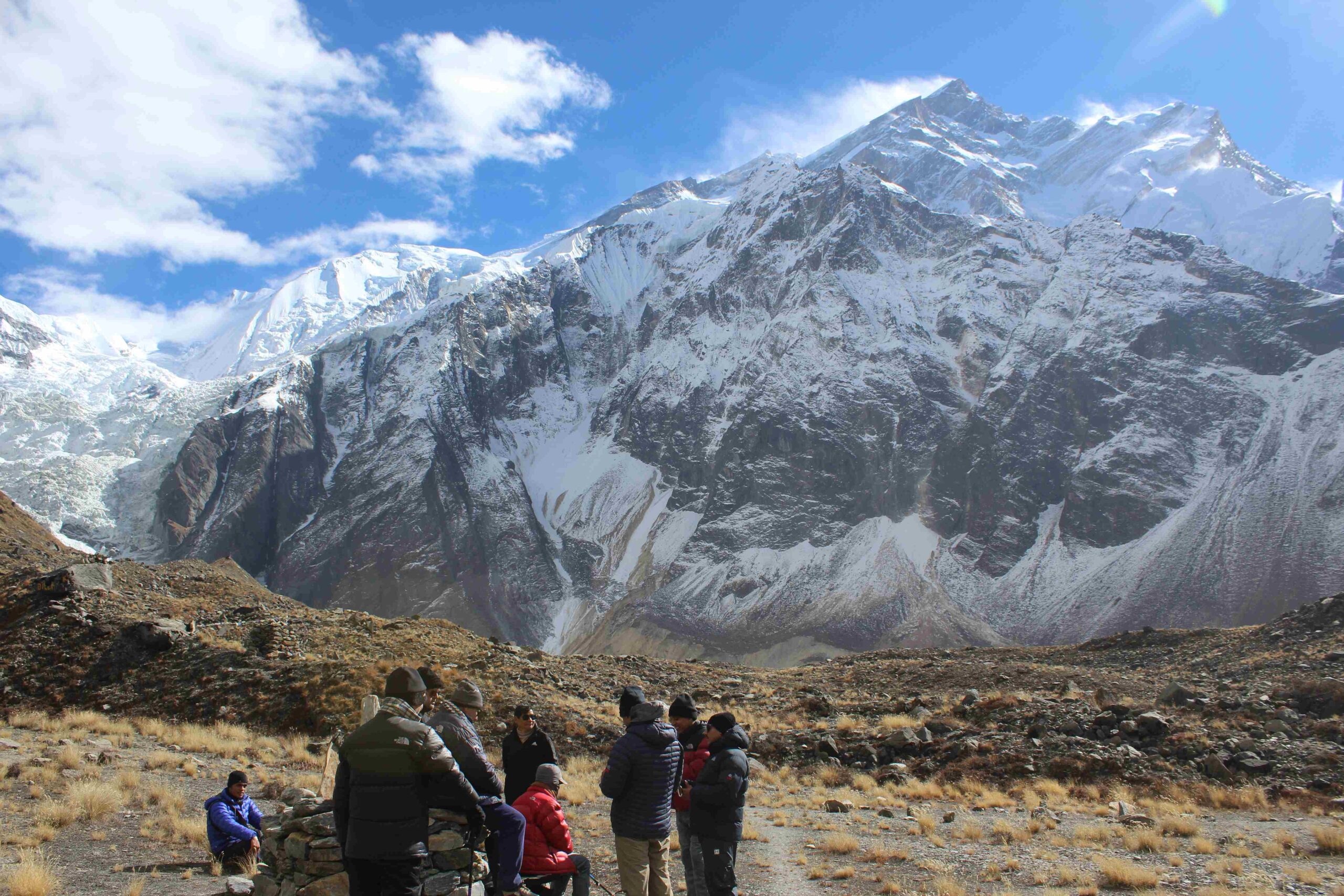
[…] Also see: Tsum Valley Trek – Secluded Heaven in Manaslu – YTROT […]
[…] Also Check: Tsum Valley Trek – Manaslu, Gorkha – YTROT […]